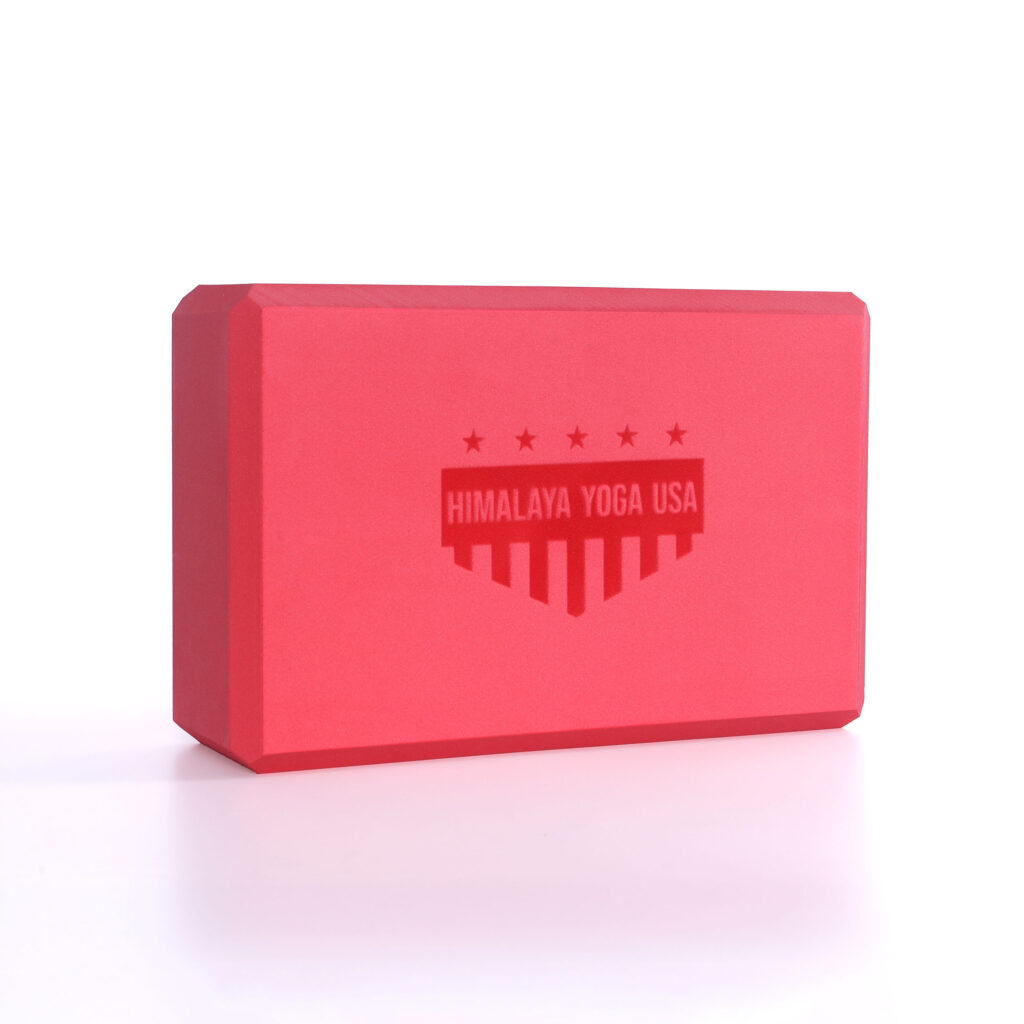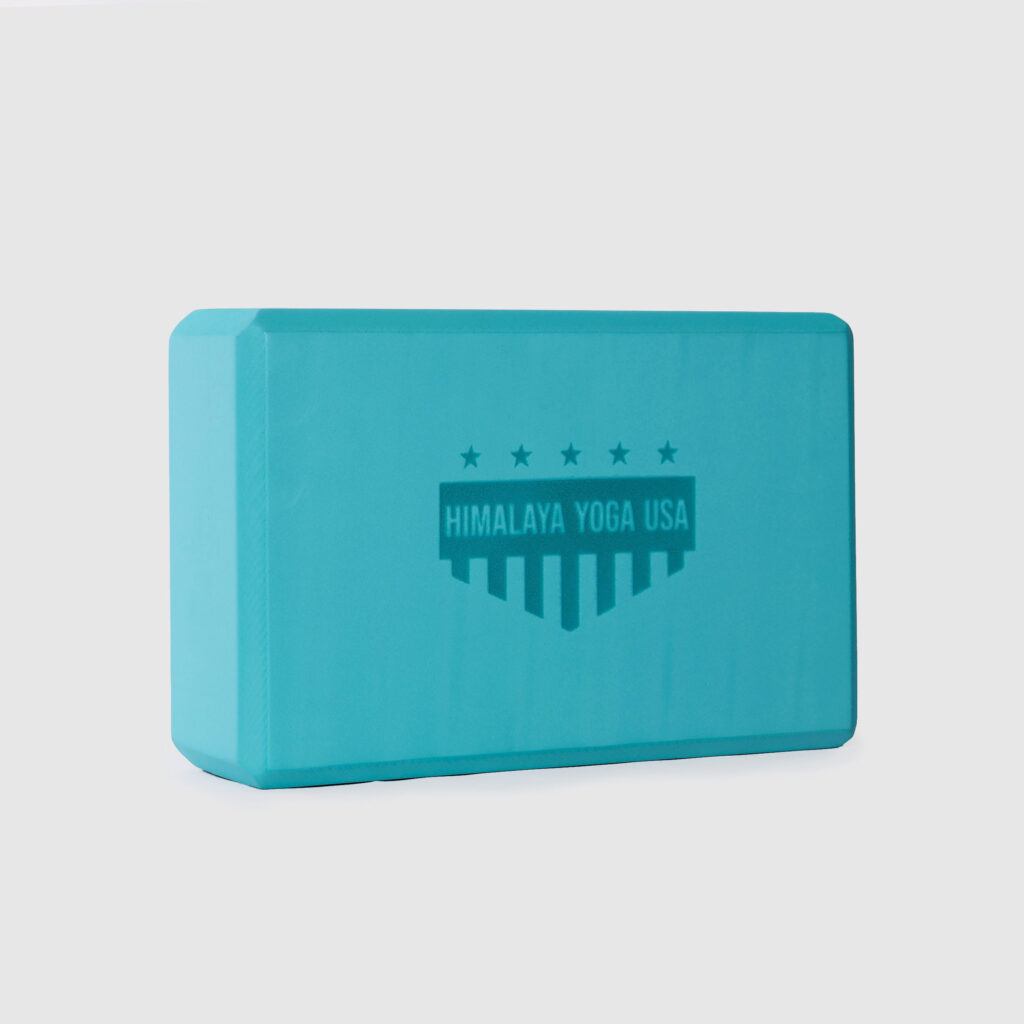We understand the importance of high-quality yoga props, and we strive to provide the best possible products to our customers. In this article, we will provide an in-depth analysis of foam yoga blocks and how they compare to other types of yoga blocks.
Foam yoga blocks are a popular choice for yogis due to their affordability, lightweight nature, and versatility. They are made from high-density foam, which provides a firm and stable surface for yoga postures. Foam yoga blocks come in a variety of sizes and colors, making them a great option for yogis of all levels and preferences.
-
Sale!
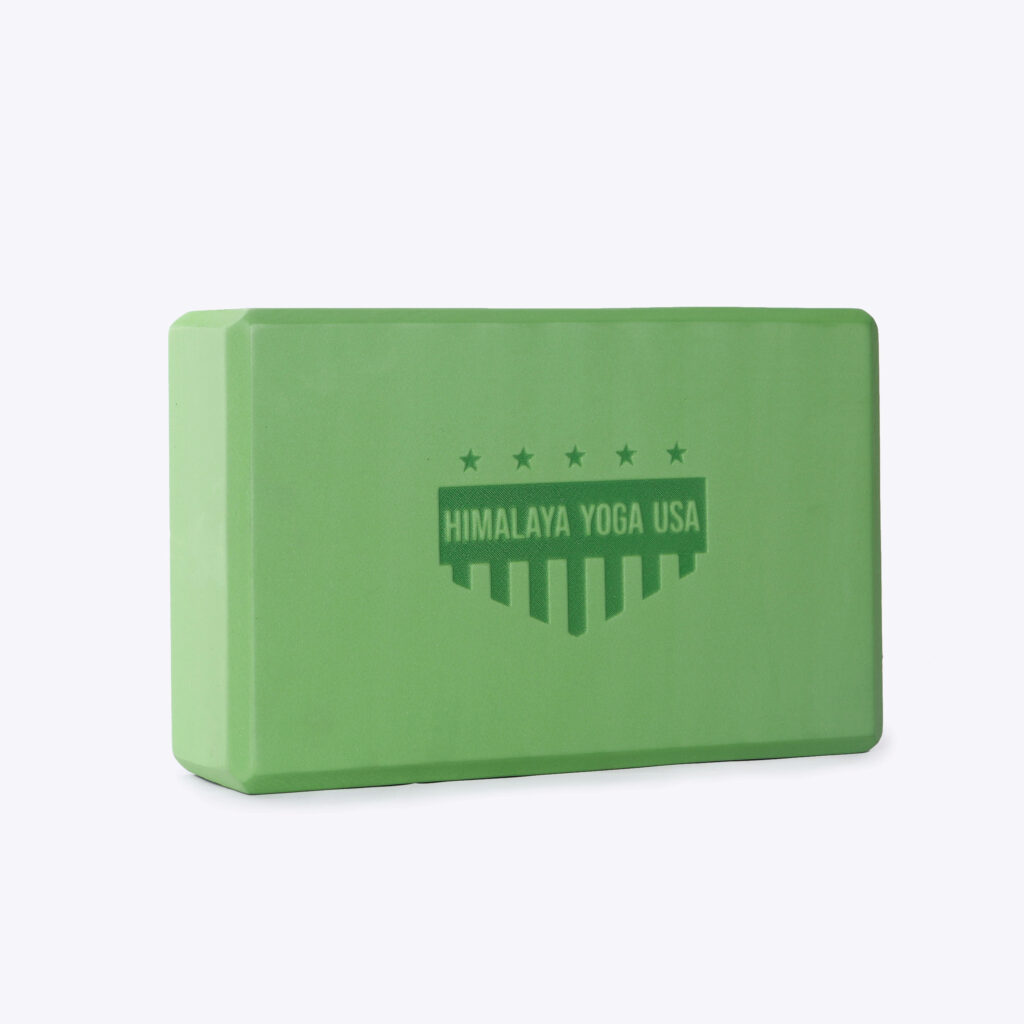
Green EVA Foam Yoga Block – 3” x 6” x 9”
$18.99Original price was: $18.99.$14.99Current price is: $14.99. Add to cart -
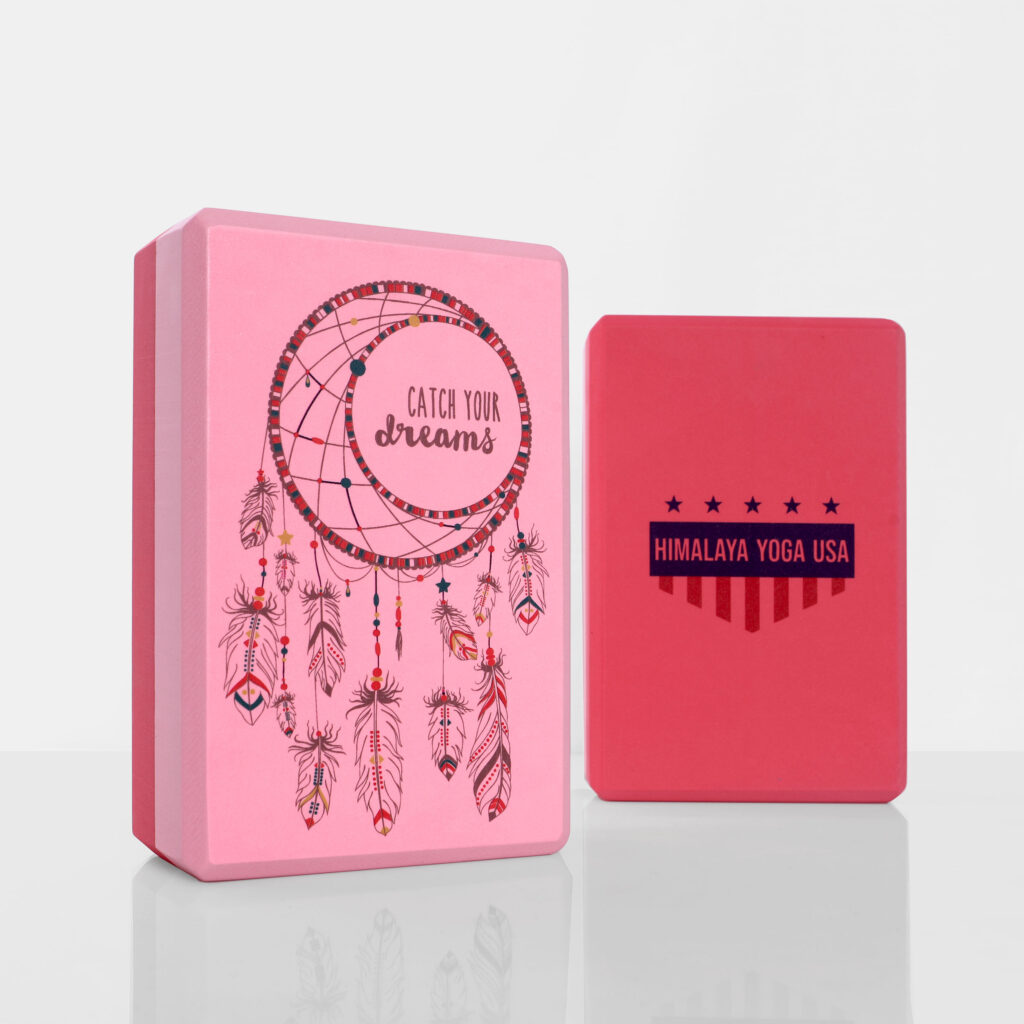
Pink Dream Catcher EVA Yoga Blocks – 3” x 6” x 9”
$18.99 Add to cart -
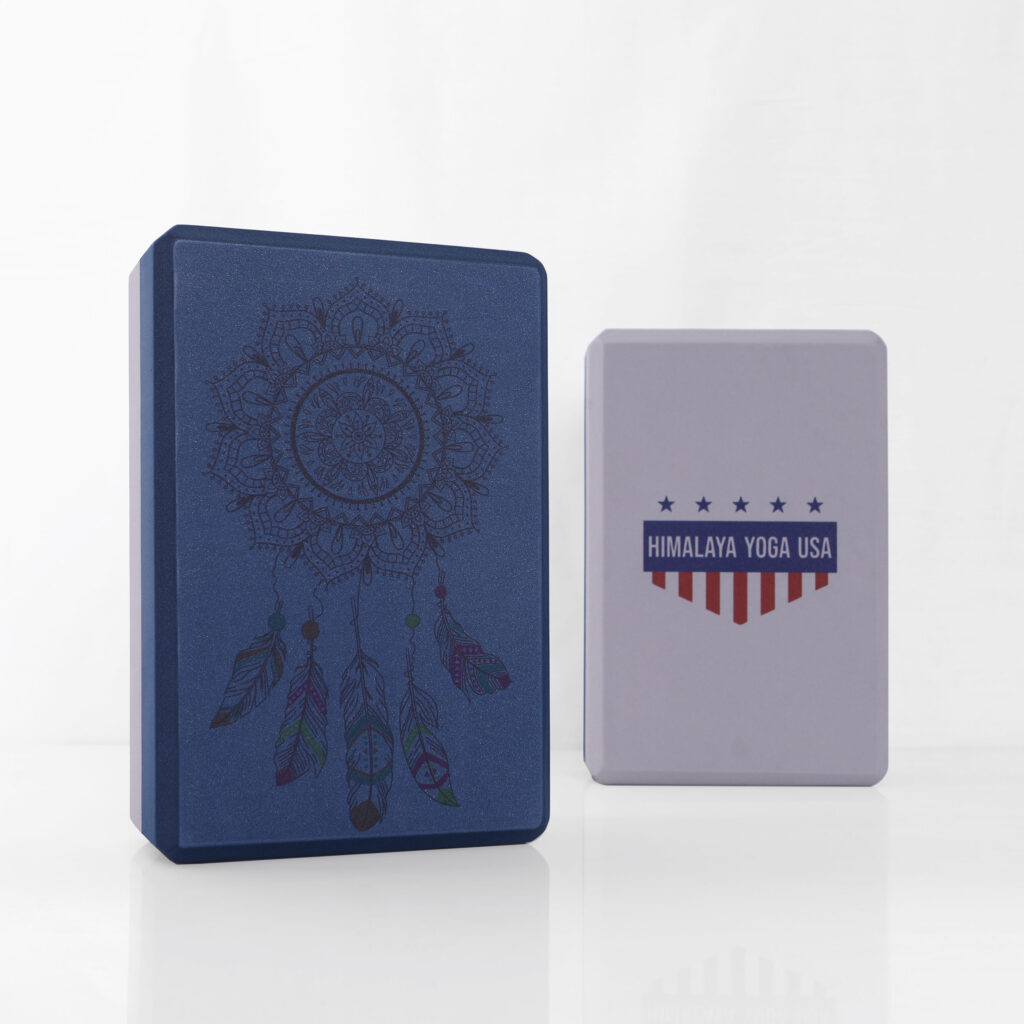
Blue Dream Catcher EVA Yoga Blocks – 3” x 6” x 9”
$18.99 Add to cart -
Sale!

Purple EVA Foam Yoga Block – 3” x 6” x 9”
$18.99Original price was: $18.99.$14.99Current price is: $14.99. Add to cart -
Sale!

Coral EVA Foam Yoga Block – 3” x 6” x 9”
$18.99Original price was: $18.99.$14.99Current price is: $14.99. Add to cart -
Sale!

Hot Pink EVA Foam Yoga Block – 3” x 6” x 9”
$18.99Original price was: $18.99.$14.99Current price is: $14.99. Add to cart -
Sale!

Teal EVA Foam Yoga Block – 3” x 6” x 9”
$18.99Original price was: $18.99.$14.99Current price is: $14.99. Add to cart -
Sale!

Blue EVA Foam Yoga Block – 3” x 6” x 9”
$18.99Original price was: $18.99.$14.99Current price is: $14.99. Add to cart
One of the key benefits of foam yoga blocks is their durability. Unlike cork or bamboo blocks, foam blocks are less likely to chip, crack, or warp over time. They are also easy to clean and maintain, as they can be wiped down with a damp cloth or disinfectant spray.
Foam yoga blocks are also a great option for travel, as they are lightweight and can easily fit into a yoga bag or suitcase. They can be used for a variety of postures, including seated forward folds, supported bridge pose, and even as a makeshift bolster.
While foam blocks offer many benefits, it is important to note that they may not provide the same level of support as cork or bamboo blocks. Foam yoga blocks are softer and more compressible, which may not be ideal for certain postures that require a more stable surface. Additionally, foam blocks may not be as environmentally friendly as cork or bamboo blocks, as they are typically made from synthetic materials.



